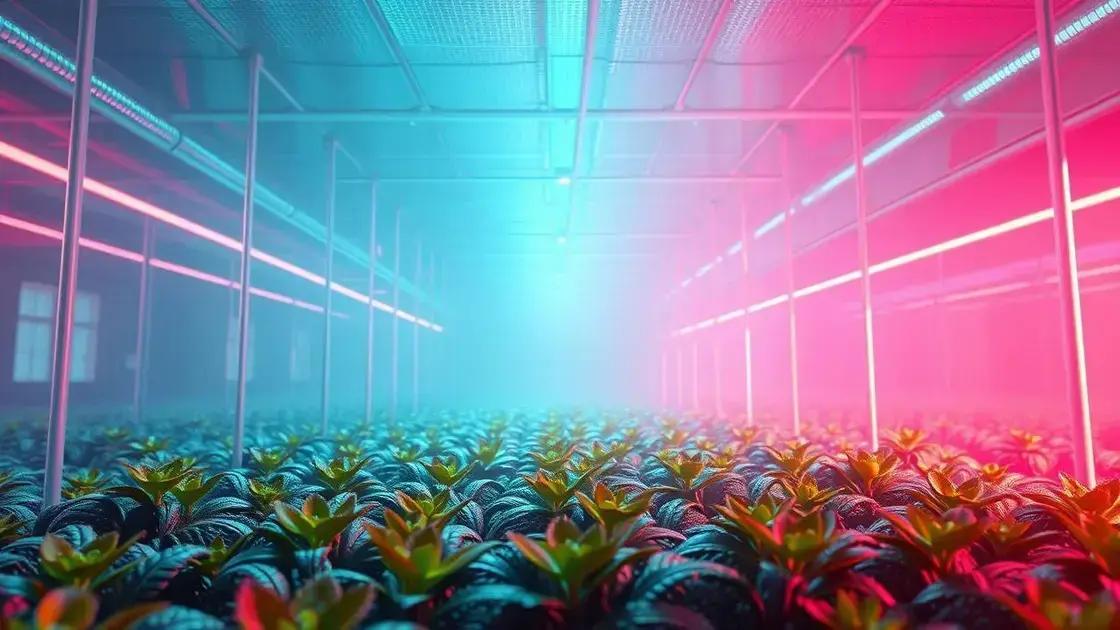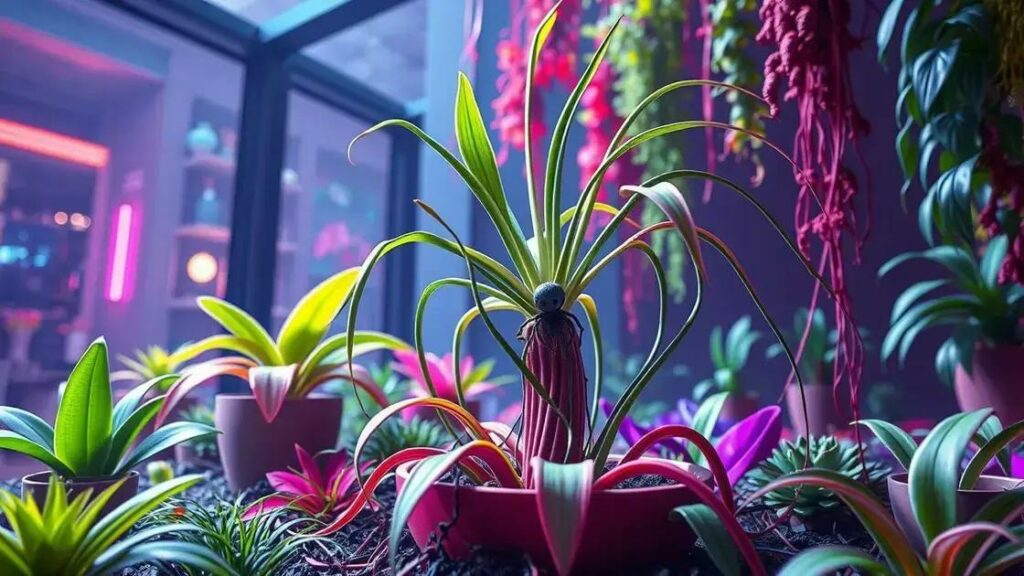How to take care of a spider plant indoors is not just about watering; it encompasses understanding their unique needs. Spider plants thrive with proper light and soil, making them a favorite among indoor gardeners. In this article, we’ll uncover vital tips to ensure your spider plant flourishes, from watering schedules to optimal light exposure.
Table of Contents
ToggleWatering schedule for spider plants
How to take care of a spider plant indoors starts with understanding its watering needs. Spider plants prefer slightly moist soil, ensuring they thrive and grow vibrant leaves.
Establishing a watering routine
- Check the soil moisture once a week.
- Water the spider plant when the top inch of soil feels dry to the touch.
- Use room temperature water to prevent shock.
Signs of overwatering
- Yellowing leaves are often a sign of too much water.
- Roots sitting in water can lead to root rot.
- Wilting despite wet soil indicates possible root issues.
Adjusting watering frequency
Factors such as climate, humidity levels, and pot size can influence how often you need to water. For example:
- In bright light conditions, you may need to water more frequently.
- Humidity over 50% may require less watering.
- Use a larger pot and soil mix to retain moisture longer.
Seasonal changes
| Season | Watering Frequency | Soil Condition |
|---|---|---|
| Spring/Summer | Every 1-2 weeks | Moist but not soggy |
| Fall/Winter | Every 2-4 weeks | Allow to dry more |
To optimize your spider plant’s care, consider exploring indoor gardening techniques to enhance your knowledge further.
In conclusion, by understanding the watering schedule for spider plants, you can ensure they remain healthy and lush. Each plant is unique, so pay attention to its specific needs for optimal growth.
Optimal light conditions for indoor growth

Optimal light conditions for indoor growth are essential for the health of your spider plant. These plants thrive best in bright, indirect sunlight, allowing them to flourish without burning their delicate leaves.
Understanding light requirements
Types of light for spider plants
- Indirect sunlight: Ideal for spider plants, preventing leaf scorch.
- Low light: Can survive, but growth may slow and leaves may lose vibrancy.
- Direct sunlight: Should be avoided to prevent damage, especially in hot weather.
Placement tips for spider plants
- Place them near east-facing windows for the best morning light.
- Avoid south-facing windows where strong midday sun can easily harm them.
- Monitor their response to light and adjust their position as needed.
Recognizing light stress
| Issue | Symptoms | Action |
|---|---|---|
| Too much light | Yellowing or browning leaves | Move to a shadier spot |
| Too little light | Leggy growth or leaf drop | Relocate to a brighter area |
For more in-depth guidance, consider exploring indoor gardening techniques that will enhance your indoor gardening skills.
Incorporating the right light conditions is crucial for your spider plant’s development. Their resilience in varying light conditions makes them perfect for indoor settings!
Soil and fertilizer requirements for healthy plants
Soil and fertilizer requirements for healthy plants are crucial for the growth of your spider plant. These plants thrive in well-draining soil and benefit from proper fertilization to maintain their lush appearance.
Choosing the right soil
Ideal soil composition
- Use a potting mix that retains moisture but drains well.
- A mix containing peat, perlite, or vermiculite is optimal.
- Avoid heavy garden soil, which can cause drainage issues.
Fertilizing your spider plant
- Feed your spider plant every 4-6 weeks during the growing season.
- Use a balanced, water-soluble fertilizer with an NPK ratio of 20-20-20.
- Reduce fertilization during fall and winter when growth slows down.
Signs of nutrient deficiency
| Deficiency | Symptoms | Solution |
|---|---|---|
| Nitrogen | Yellow leaves and slow growth | Apply a nitrogen-rich fertilizer |
| Potassium | Brown tips on leaves | Use a balanced fertilizer with potassium |
For those looking to enhance their indoor gardening skills, consider exploring indoor gardening techniques tailored for variety.
By ensuring proper soil and fertilizer requirements, your spider plants can maintain their vibrant foliage and robust growth, demonstrating just how rewarding caring for houseplants can be!
In conclusion
Caring for spider plants indoors requires attention to detail regarding their watering schedule, light conditions, soil type, and fertilization. By ensuring these essential needs are met, your spider plant can thrive, showcasing its beautiful, arching leaves and improving your indoor environment. For those looking to elevate their plant care skills further, visit tips on enhancing your indoor garden to discover more best practices.

